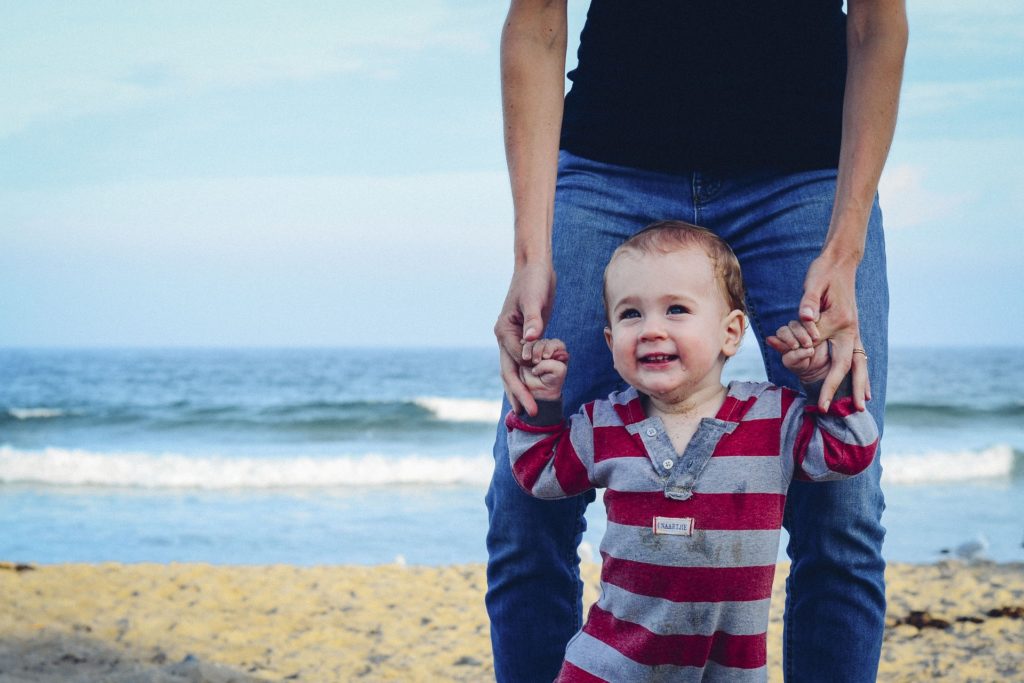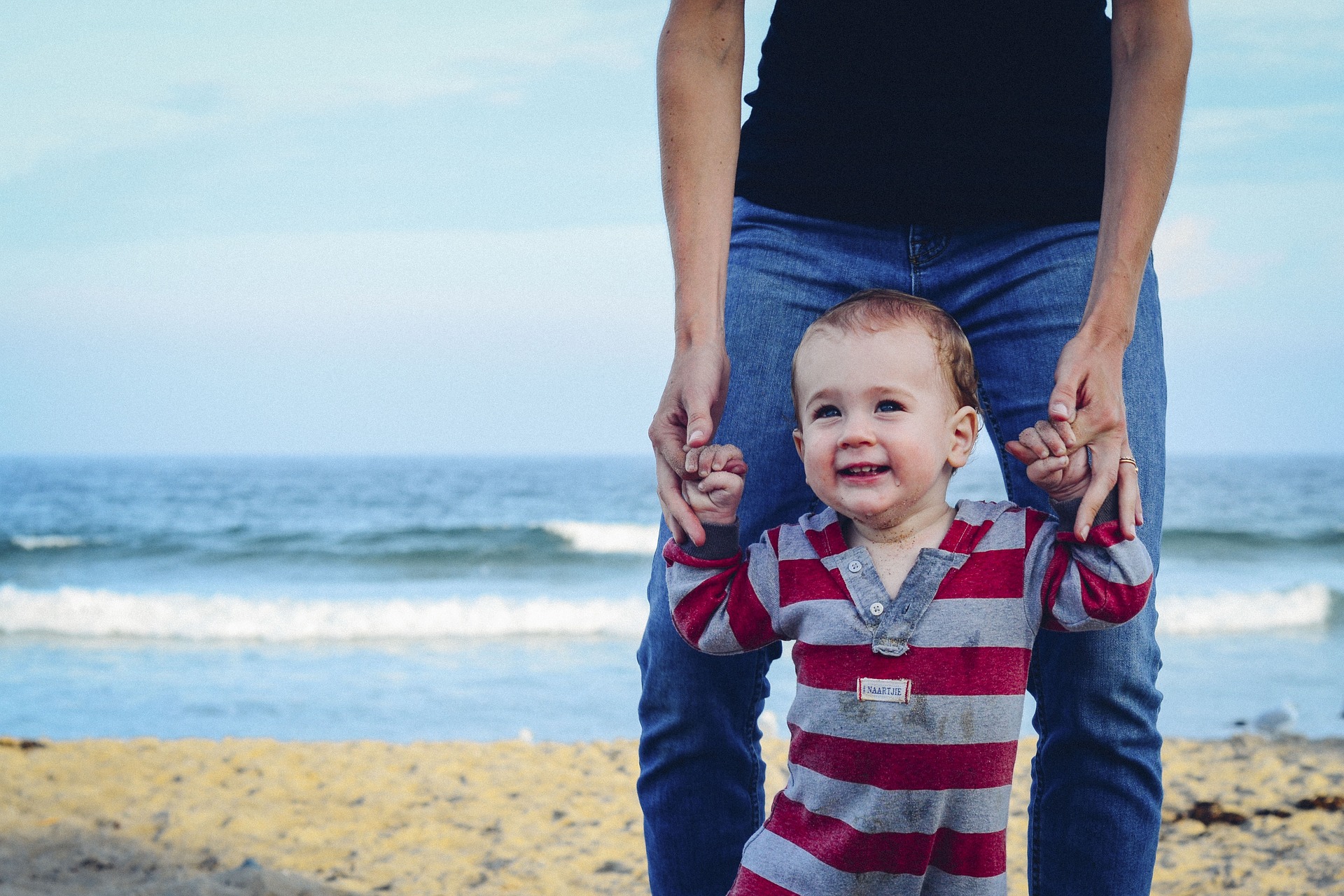
Anxiety is common in children as it is in adolescents with an estimated 10 to 20 percent of school-aged children experiencing its symptoms. Having a child with anxiety does not need to prevent or hinder any travels. It just takes some additional steps as a parent and the vacation will be a success. Here are some of the factors that parents with an anxious kid should consider if they wish to escape the anxiety cycle.
Emphasize Why Anxiety Is Important
You need to understand that anxiety is painful especially if a child doesn’t believe that something is wrong with him or her. Most kids can develop anxiety as a result of worrying too much, and it’s therefore important to teach your children that worrying about. You can also validate your child’s experience by asking what they are worried about and then have a discussion about their emotion and fears.
Keep Calm
A lot of children usually look up to their parents before they can react to a situation. You’ve encountered a case where a child trips and falls then wait to see his or her parent’s reaction. If it turns out that the parent is concerned, then the child will cry. This is because the child is trying to figure out the parent’s emotion so that he or she can resonate with them. That said, if you want to manage your child’s anxiety, you should begin by controlling your own. Some of the critical elements you should consider when managing your anxiety include working to ensure that your facial expression conveys calm whenever you are around your kid.
Don’t Try To Empower Them
As a parent, you should understand that validation does not in any way mean that you agree. If your kid is nervous about going to the clinic because he or she is scared of a needle shot you should not try to put down or amplify his or her fears. The most important thing is that you need to be empathetic and let her understand what she might be anxious about. In short, the message you’ll be conveying to her is that you understand her fears and its okay, and you are there to help her face his or her fears.
Guide Your Children On How To Be Thought Detective
Worry is one of the ways our brains protect us from danger. To ensure that we are paying attention our mind can sometimes exaggerate the worry. This is evident in the case where you end up mistaking a stick for a snake. You might have heard that positive thinking can help calm down your children worries but this in the real sense it is accurate thinking. Therefore, for your children to efficiently handle anxiety they need to challenge their thoughts, and you can achieve this by training them to debate within themselves. You should also let your kids collect evidence that supports or negate negative thinking and then teach them on how to make judgments on the worries that are based on feelings.
Don’t Try To Avoid What Might Cause Anxiety
Parents tend to be overprotective when it comes to instances that can lead to anxiety. Although this can help your kid to evade threatening situations, such avoidance can make the anxiety even worse. The alternative to this is a method called laddering. This technique takes advantage of the continuous exposure and chunking concept to expose each goal. For instance, if your kid is afraid of sitting on a swing instead of keeping off from the activity you should create mini goals to help him, or her reach the bigger goal. You could start by going to the edge of the park, then stroll around the park until you get to the swing. You should then let her sit on the swing and start by swinging shorter distances. You’ll realize that with time she will end up getting comfortable swinging.
Bring the Worry To Life
Choosing to ignore anxiety doesn’t help, and it’s vital that you bring your child’s worries to life. You can achieve this by creating a worrying character in your kid. For instance, you can have widdle personify anxiety then make your children understand that widdle is the only thing that can help them when they are in danger. By creating a character or exemplifying worry, your kids can demystify the scary physical response that comes as a result of anxiety. It can also help your child reactivate the logical brain, and they can always use it at any time.
Allow Your Child to Worry
Although you might try to keep off your kid from worrying, this won’t prevent them from doing so. In fact, if your kids choose to shove off their feeling then they can do so. However, if you come up with a worrying time, then it’s easier for your kids to release their worry in writing. You can also try to make the activity as fun as possible by letting your kid create a worry box. During this time they can write anything that constitutes worry, and when the time is up, they can close the box and let go of the worries for the rest of the day.
Guide Them to Create a Checklist
Trained pilots are usually guided by emergency checklists which are used when they are in danger since it can sometimes prove challenging to think clearly when in such a situations. Your kids feel the same way when faced with anxiety, and it’s a good idea if you come up with a checklist to help them calm down.
Self-compassion works
Parents who’ve had their children suffer from anxiety understand that is confusing, frustrating and painful. Research has also shown that severe anxiety in children is as a result of different factors such as past traumatic experience, environmental factors, temperature, and brain psychology. This is an indication that parents aren’t to blame for their child’s anxiety, but they can help them overcome it. If a family is to achieve happy vacation and a generally healthier life they should consider practicing self-compassion.






